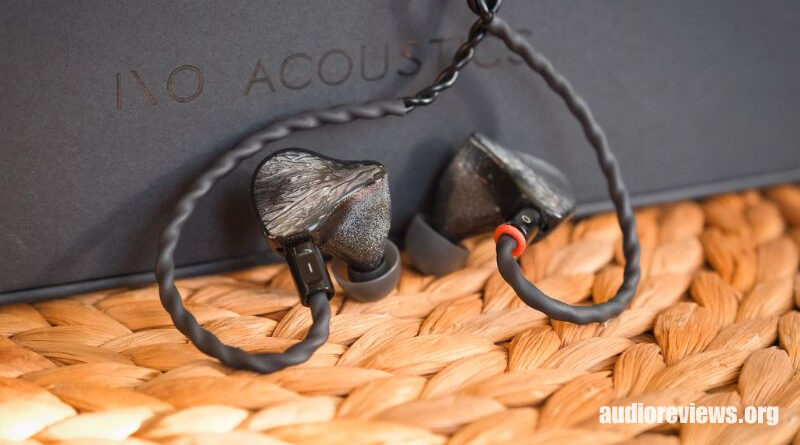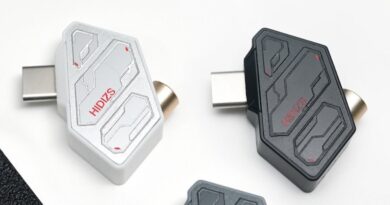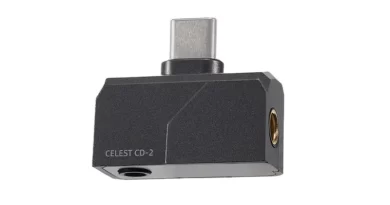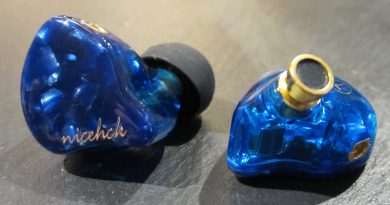I\O Sogno IEM Review – Double Hybrid
The $399 I\O Sogno puts a unique twist on the hybrid IEM package and achieves sonic success. The abundant accessories are a welcome extra.
PROS
- A very agreeable Harman-like tuning
- Explosive dynamics
- Accessories abound
CONS
- Slight shout in the upper mids
- Some might yearn for more bass
- Will hiss from noisy sources
Table of Contents
Introduction
With the advent of multi-driver IEMs a plethora of design permutations became available to our dear acousticians. For the longest time an Achilles heel of the all-armature ensembles was the low-end reproduction. With notable exceptions, most deliver a very informative bass which tends to lack in body and impact. Especially if you bungle up the insertion depth which leaves the bass armature driver incapable of correctly loading the ear-canal.
Enter the hybrid – one or more dynamic drivers bring the bash so the delicate armature reeds can focus on tickling your eardrums. I\O Audio has decided to take the hybrid theory a step further. Their more affordable entry in the IEM melee the Sogno uses a coax array of two dynamic drivers where one handles the bass whilst the tinier diaphragm helps out in the higher registers. The other standout feature is the 5-way crossover which is a rarity this side of 1000$.
So let me immerse myself in the bliss that is the unboxing of the I\O Sogno and hear whether those tech chops actually translate into sonic prowess!
Specifications
Drivers: 10mm DD bass driver, 6mm DD treble driver, 4x customized BA full-range drivers and 2x customized BA treble drivers Impedance: 13 ohms Sensitivity: 126.5dB/Vrms (@ 1kHz) Frequency Range: 20-20 000Hz (-3dB) Cable: 4-Strand Oxygen-free Copper Cross – Twisted Cable, 1.2m Connector: 2pin 0.78 mm, 3.5mm TRS, 2.5mm TRRS, 4.4mm TRRRS swappable ends Tested at: $399 Purchase Link: Shenzhen Audio |
Physical Things and Usability
| In The Box: IEMs, 5x types of S/M/L eartips, 1.2m cable, 2.5mm, 3.5mm, 4.4mm jacks, cleaning cloth, display case, carrying pouch and paperwork |
| Appearance, Haptic, Build Quality: the earshells are all-acrylic which feels a bit cheap but keeps the weight down |
| Ergonomics: the ported shells are easy to insert and the cable is largely non-microphonic |
| Comfort, Fit: the earshells fit me well and are medium-sized |
| Isolation: mostly in line with other ported shell IEMs |
Build quality
The I\O Sogno come with fully 3D-printed acrylic earshells. I have conflicting feelings about this approach. First, the faceplate art is exquisite with dark 3D structures under a transparent layer. The all-plastic build also keeps the weight down so they pretty much disappear when worn. I’m less enthusiastic about the printed nozzles which seem like a weak point, compared to the rest. IEMs like the Thiaudio Hype 2 manage to incorporate metal nozzles at a price similar to I\O Sogno.
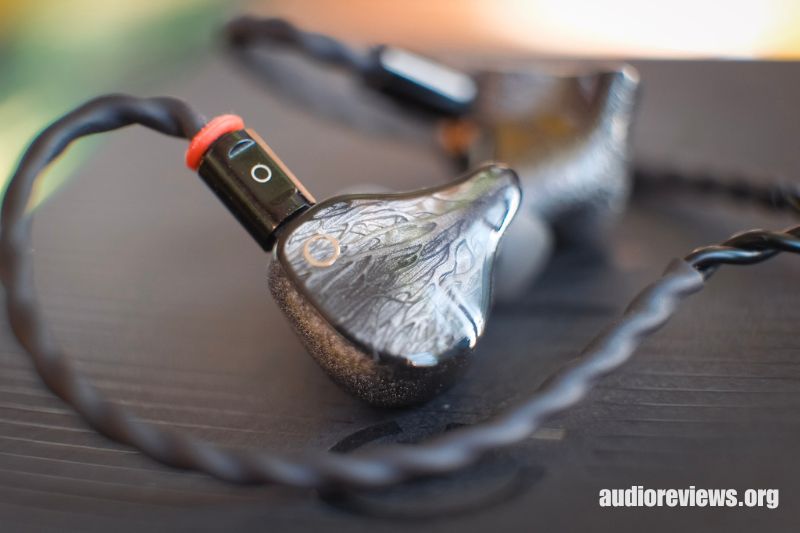
Unlike with the Tangzu Xuanwu Gate, I won’t do a separate section on the unboxing experience but it warrants a paragraph. Long story short – it’s very luxurious and showered me with accessories. If you read Durwood’s take on the Volare, you can probably guess that I\O like spoiling people. Here it is no different – inside box we get everything neatly packed with each type of eartips getting a separate plastic box. What I initially thought to be a fancy display case becomes a pretty large carry box if you’re man enough to tear out the foam inserts. Full marks here, stellar job!
Eartips
We get the same assortment of five types of eartips as with the I\O Volare, only now they’re put neatly into five boxes. Four of the tips are single flange silicone and the fifth box houses a Comply type foam tip kit. The silicone tips vary in stem length and bore size. They all were able to get a nice seal in my ears and larger bore tips would improve imaging while subjectively increasing a bit of treble.
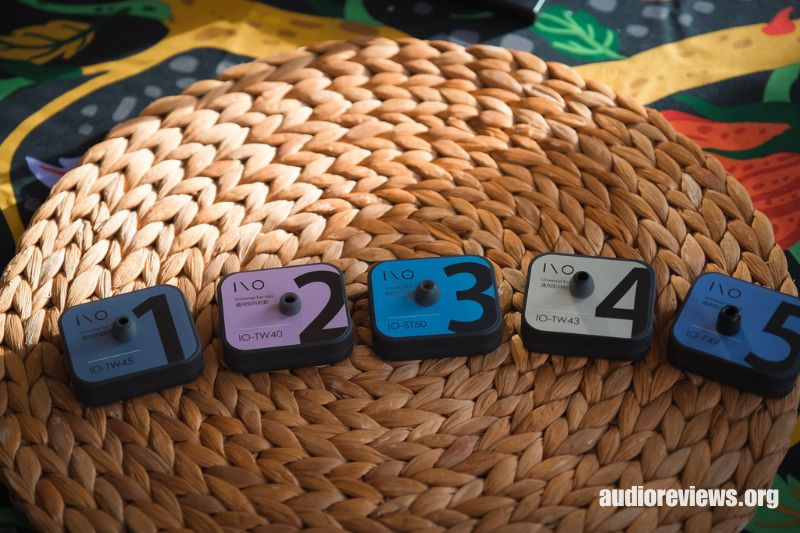
The foam tips were my least favorite probably because of my ear canals as they bend and seem to mess with the opening of the foam tip thus reducing treble. As for a favorite – it’s a tie between the IO-TW40 wide bore and IO-ST50 with an articulating stem similar to Spinfit SP100. Overall I’m impressed by how varied is the selection. Even if you end up using one pair that jives with the Sogno the best, some other tips might take your other IEMs to the next level.
Sound quality and signature
Test setup: On the go, I used my Qudelix 5K and FiiO Q15, while desktop use was tested mostly on the FiiO K19 and SMSL SH-X combo. Occasionally Ifi Go Bar Kensei and FiiO KA17 were used.
As always, let’s start with some practical matters. The I\O Sogno is unusually sensitive and efficient at almost 127dB/Vrms and 13 ohms for a hybrid IEM. On one hand, it’ll let your battery-powered portables run for longer but on the other – noisy sources will be a problem. Same goes for signal chains with no negative gain options – you might end up having all your listening bunched up in the lower range of the volume control. It’s not an ideal situation because most potentiometers have the worst channel matching there.
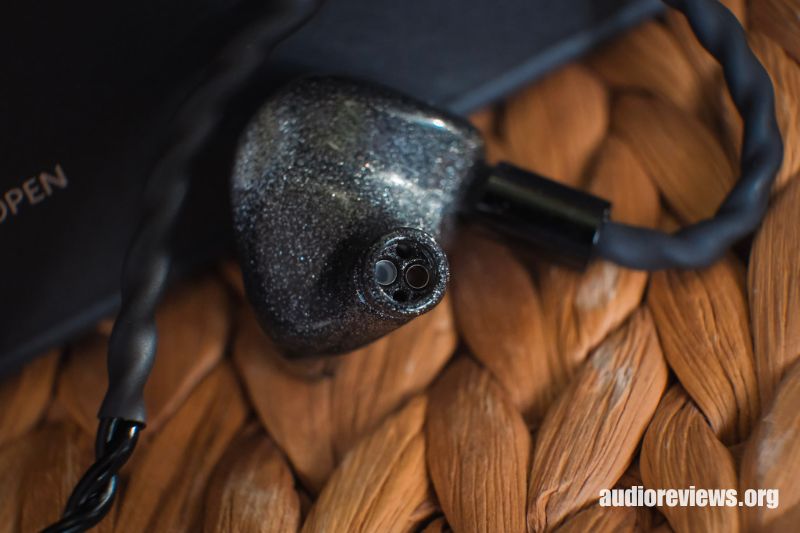
Driving the I\O Sogno is easy enough provided your signal chain is noise-free and has low enough gain. The IEMs react well to higher-quality audio sources and reflect the increase in fidelity quite clearly. My Qudelix 5K was enough for casual listening but the super-sized FiiO Q15 really let the Sogno sing its song.
The overall tuning of the I\O Sogno is very similar to the Harman 2019 in-ear curve. I know that it has its detractors but I find it pretty inoffensive if not unremarkable. There are some departures in terms of reduced low-end boost and extra zing up top. While I wouldn’t call the Sogno a treble-head IEM, the music is rendered in a brighter shade of neutral. Highly acerbic mixes like early death metal or some bitey bopping Miles Davis’ trumpet might be too much for some listeners.
In terms of technicalities, I found the I\O Sogno to be very decent. The bass is very extended and a lower-than-average shelving means it’s quite informative as well as hard-hitting. The mids are what I’d expect for an IEM at this price range, competent but with that magic a flagship can offer. Treble is where it gets interesting – the 6mm dynamic driver changes up the timbre so it’s not the usual balanced armature affair. I prefer it to most IEMs around the 400$ mark which use just armature drivers.
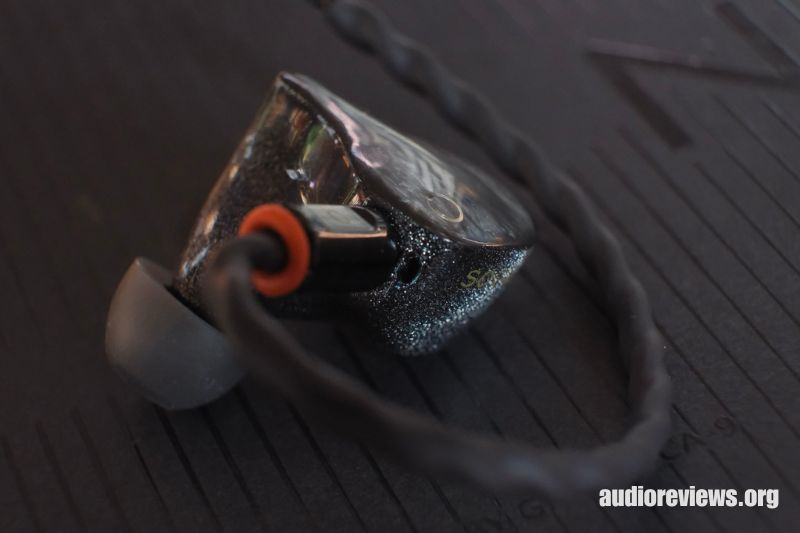
Select comparisons
ThieAudio Hype 4
When I reviewed the Hype 4 back in the day, I called it the thinking basshead’s IEM. It’s a two-DD and four-BA design that uses ThieAudio’s latest bass module, so both DDs are pumping up the lows. As always it’s a looker like most ThieAudio IEMs and comes with their budget range of accessories.
Choosing between the I\O Sogno and the Hype 4 is quite easy – lows or highs? If you’re all about that bass, go with the Hype 4 and if a more sophisticated treble is to your liking then Sogno is your ticket. It’s also worth mentioning that the Sogno absolutely bodies the Hype 4 when it comes to kit.
Pairing notes
I’d avoid anything emphasizing treble in the accompanying electronics with the I\O Sogno. The IEMs themselves lean a tad on the bright side, so it will probably be too much. Noisy sources will also stick out like a sore thumb due to Sogno’s high sensitivity.
Concluding Remarks
After the strong showing with the Volare, I\O Audio seems to be on a roll! The Sogno retains the same luxurious opening performance, showers the listener with accessories, and continues from there with a respectable sonic spectacle. Sure, the brighter shade of Harman will probably not be to everyone’s taste but it’s nice to have the option. After two strong entries, I can’t help but sit in anticipation of what’s next for I\O Audio!
My verdict – 4/5
Disclaimer
Thanks to Shenzhen Audio for supplying the review sample. As always, they had no say in the review process and didn’t see the review before posting.



